Mead or Honey Wine •

Vikings loved their celebratory feasts! Any excuse to eat lots and drink lots! Vikings brewed beer and made a fermented honey wine called mead. Mead was the libation of choice for the Vikings, especially for feasts and celebrations. But there was another reason Vikings enjoyed copious amounts of alcoholic beverages. Fresh water was limited during Viking times. Fermentation and brewing processes provided a “safe” drink for the Vikings. The alcohol content was relatively low, since it was also being served to children. Beers and mead with higher alcohol content would have been reserved for adults, celebrations and feasts. It was often flavored with fruits and spices, especially for special occasions. Mead was also considered to unlock artistic creativity, especially poetry.
At first glance, making mead can appear intimidating. It does feel a bit like a complicated science project. So here’s a simple recipe for first time fermentors. There are many variations, recipes and kits for making mead. So after your first batch, it’s up to you, how deep dig to the world of making your own Viking Mead.
Viking Mead for First Time Fermentors
Ingredients
1 gallon jug bottled spring water (NOT distilled water, which lacks minerals that help fermentation.)
3 lbs wildflower or clover honey (the less processed, the better)
1 black tea bag
1 tsp lemon juice
6 tsp (15 grams) bread yeast – boiled
Packet of brewing yeast – wine yeast to preserve the florals in the honey
Supplies
1 gallon carboy
Measuring cups
Measuring spoons
Funnel
Siphon and hose
Optional supplies (as you decide to invest in your new hobby)
Hydrometer – measures sugar density during the fermentation process and takes the guess work out of knowing when it is complete.
Airlock – safely releases fermentation gasses and eliminates the need to burp your mead
Individual bottles
Bottle capping solution (corks or caps)
Kits can be purchased that will simplify gathering all of the components to make your mead.
SANITIZE!
A very important first step! This will help ensure there is nothing inhibiting the fermentation process. Fill a large pot with water. Bring to a boil. Let stand until it reaches 160 degrees. Immerse equipment being used for a few minutes. Another option, load equipment in dishwasher and run the sanitize cycle with NO soap or rinse agents. Commercial, no rinse, sanitizing products are also available to complete this step.
Let’s make some mead!
Remove 1 quart plus one cup from the bottle your bottle of spring water. Set aside, in case it is needed later.
Remove an additional cup of water. Add bread yeast and bring to a boil in microwave. Stir to remove any lumps on the bottom. Next add tea bag to the hot yeast mixture. Steep for 5 min. Squeeze out teabag and remove from mixture. Set mixture aside.
Use funnel to add honey to spring water remaining in the jug. Get the last bits of sticky honey from the jar. Pour a bit of water out of the jug into the honey jar. Replace lid and shake. This creates bubbles, adding oxygen, which helps the yeast do its job. Pour the remaining honey water to the jug. Add lemon juice. Add yeast mixture. Stir yeast mix while adding. Getting all of the yeasty slurry.
Shake jug until all is mixed and the honey is dissolved. Yeah, it’s a workout! Next add packet of brewing yeast (wine yeast). Shake again to mix all ingredients. Place cap on mixture. Now loosen the cap just enough for the fermenting gasses to escape, about a half twist. The lid needs to be tight enough that it cannot be knocked off, but loose enough for gasses to escape.
Let the fermentation begin!
Gasses build up during the fermentation process and need to escape. Scheduled burping of your bottle of mead during this process will be necessary. Purchasing an airlock will prevent you from having to “babysit” and burp your mead. A less expensive airlock option is a balloon. Turn balloon inside out. Secure and stretch balloon to top of bottle. Then poke a small hole in the balloon to allow the gasses to escape.
Burping Schedule
Week 1-2
Check your mead every 3 to 4 hours to make sure the gasses are escaping the loosened lid.
Week 3-4
Burp your mead every 3 to 4 hours, securing the lid between burps.
Week 5-6
Burp your mead every 7 to 8 hours, securing the lid between burps.
Week 7-8
Cold crash your mead in the refrigerator, burping every few days. This helps the sediment settle to the bottom and clears your mead.
Your mead will ferment well at an ambient temperature of 70 to 75 degrees. You want to make sure the fermenting process is complete before trying to bottle it. No reason to rush it. 6 to 8 weeks is typical, but more time can be added to ensure fermentation is complete. Here is where a hydrometer comes in handy.
Siphon and bottle your mead
Using gravity, siphon your mead into sanitized bottles. Place fermented mead bottle on an elevated surface. Use your sanitized siphon and hose to transfer the mead down to your bottle(s). Leaving the sediment behind. Cap, cork or seal you mead bottle(s). The longer the mead ages after bottling, the smoother it will be. No need to rush it. You can try it after one month, but 3 to 6 months is better. 6 months to a year, in the bottle, even better!
This mead is a “dry” mead. If you prefer a sweeter taste, you can add a honey syrup or grenadine. Pour a bit in the bottom of the glass and pour the mead over the top before serving. A honey syrup can be made and stored in the fridge for a couple of weeks. It’s easy. 70% wildflower or clover honey mixed with 30% sterile water. Adding fruits during the fermenting process add flavor variety and sweetness. Sweeter mead? Add 3 to 6 lbs of fruit per gallon. Dryer mead? Add 1 to 1.5 lbs of fruit.
Skol! (Cheers!)


